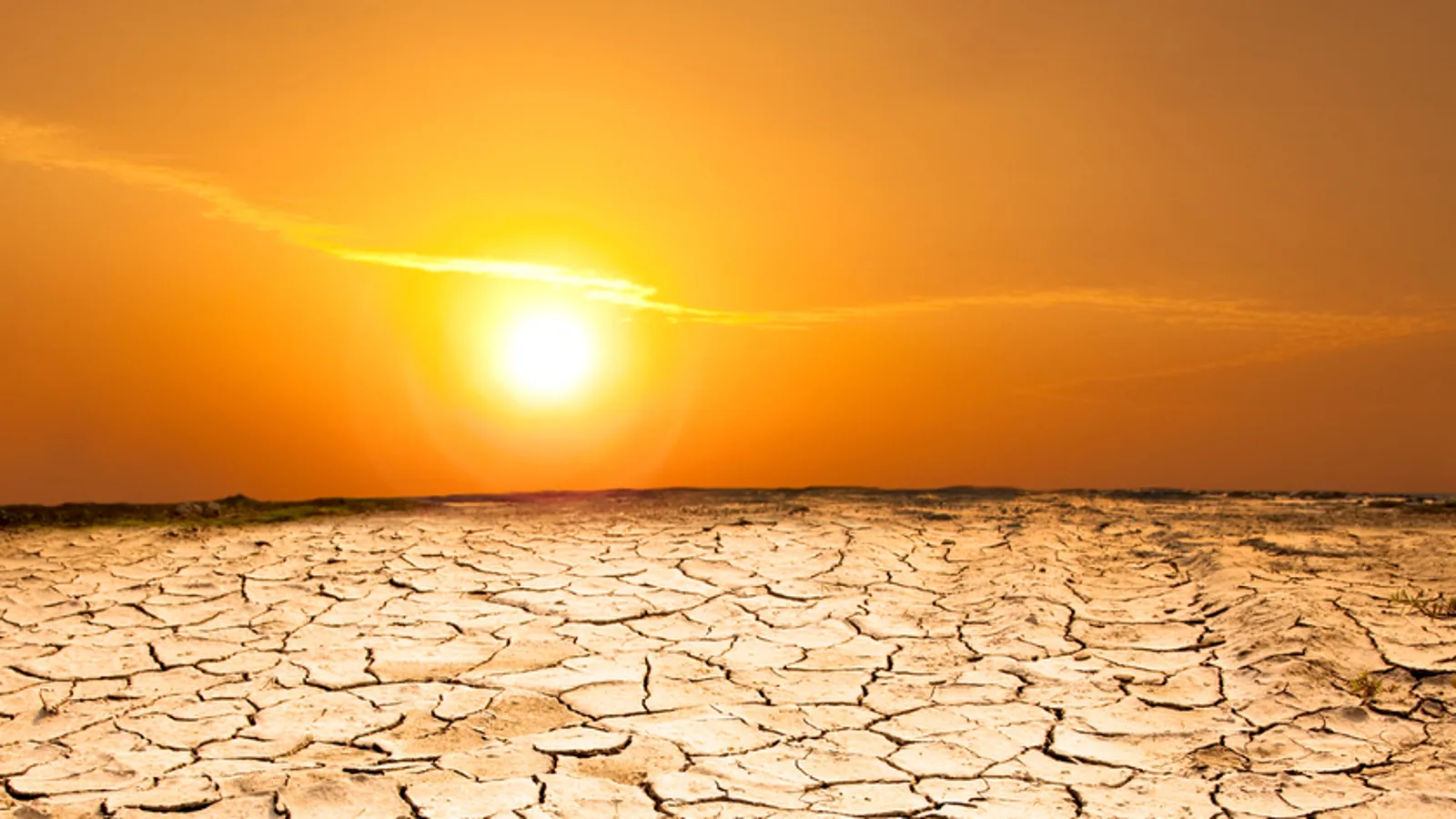The world has experienced its 12th consecutive month of historic heat, with this summer on track to be one of the hottest yet.
As summer begins in the Northern Hemisphere, heatwaves have already impacted many regions, including the United States, Mexico, Europe, the Middle East, and South Asia. Extreme heat has resulted in over a thousand deaths, urgent health warnings, and school closures.
July: The Hottest Month
July is historically the hottest month of the year, with temperatures in parts of the Northern Hemisphere regularly exceeding 40°C (104°F). According to the UN’s World Meteorological Organization (WMO), July 2023 was the warmest month ever recorded, likely the hottest for at least the past 120,000 years. This year is also expected to be among the hottest on record.
Axial Tilt and the Summer Solstice
The Earth is tilted 23.5 degrees on its axis as it orbits the sun, resulting in varying amounts of sunlight at different times of the year, which creates the changing seasons. Astronomical summer starts on the summer solstice, around June 20 or 21 in the Northern Hemisphere and around December 21 or 22 in the Southern Hemisphere. This is when the sun reaches its highest point in the sky at noon, leading to the longest day and shortest night of the year. The area that receives the most direct sunlight is 23.5 degrees above the equator, known as the Tropic of Cancer. This line passes through countries such as Mexico, the Bahamas, Egypt, Saudi Arabia, and India, contributing to very hot summers.
Summer in the Northern Hemisphere
From June to September, roughly 90 percent of the world’s population experiences summer in the Northern Hemisphere, where these months coincide with more direct sunlight and longer daylight hours. In northernmost cities around the Arctic Circle, the sun does not set between late May and late July, a phenomenon known as the midnight sun. Conversely, during the winter months, these locations experience a polar night, where the sun remains below the horizon between late November and late January.
Why is the Afternoon Hotter than Noon?
During summer, more of the sun’s energy is absorbed into the ground, heating the surrounding air and leading to warmer temperatures. This time delay between heating and releasing is known as seasonal lag. The Earth’s surface, especially large bodies of water like oceans, takes time to absorb heat from the sun and subsequently release it. This explains why the peak temperature of the day occurs in the afternoon, not at midday, and why July, rather than June, typically experiences the highest average temperatures.
How to Stay Cool This Summer
As summer temperatures soar in various regions across the globe, staying cool becomes crucial. Effective methods to beat the heat include using air conditioning, staying hydrated, wearing light clothing, and seeking shade whenever possible.


